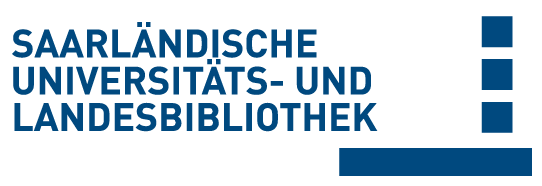Bitte benutzen Sie diese Referenz, um auf diese Ressource zu verweisen:
doi:10.22028/D291-44950 | Titel: | Plasticity of metallic glasses dictated by their state at the fragile-to-strong transition temperature |
| VerfasserIn: | Atila, Achraf Sukhomlinov, Sergey V. Honecker, Marc J. Müser, Martin H. |
| Sprache: | Englisch |
| Titel: | Acta Materialia |
| Bandnummer: | 286 |
| Verlag/Plattform: | Elsevier |
| Erscheinungsjahr: | 2025 |
| Freie Schlagwörter: | Bulk metallic glasses Deformation behavior Shear bands Fragile-to-strong transition Atomistic simulations |
| DDC-Sachgruppe: | 500 Naturwissenschaften |
| Dokumenttyp: | Journalartikel / Zeitschriftenartikel |
| Abstract: | The effect of cooling on the plasticity of glasses in general, and bulk metallic glasses (BMGs) in particular, is usually studied with continuously varying cooling rates; slower cooling rates lead to stiffer, harder, and more brittle glasses than higher cooling rates. These protocols obscure any potential discontinuity that a glass might experience, depending on whether its microstructure resembles that of a fragile or a strong glass-forming liquid. Here, we use large-scale molecular dynamics to simulate the nanoindentation behavior of model BMGs (Zr0.6Cu0.3Al0.1) obtained by rapidly quenching equilibrium melts from temperatures above and below the fragile-to-strong transition temperature 𝑇fst, leading to fragile and strong glasses, respectively. While the contact modulus deduced from the indentation simulation evolves smoothly with the temperature 𝑇q from which the equilibrium melt is quenched, the plastic response changes quasi-discontinuously as 𝑇q passes through 𝑇fst. In particular, strong glasses develop highly asymmetric flow profiles with mature shear bands, unlike fragile glasses. Differences are most evident in the von Mises strain localization parameter, which, after shearband formation, takes similar values for all fragile samples and distinct values for strong samples. Moreover, seemingly erratic flow profiles for our indentation geometry produced surprisingly reproducible and, thus, deterministic features. It remains to be determined to what extent other classes of glass formers follow our observation that plastic behavior is significantly influenced by whether the melt is fragile or strong when it falls out of equilibrium during cooling. |
| DOI der Erstveröffentlichung: | 10.1016/j.actamat.2025.120753 |
| URL der Erstveröffentlichung: | https://doi.org/10.1016/j.actamat.2025.120753 |
| Link zu diesem Datensatz: | urn:nbn:de:bsz:291--ds-449501 hdl:20.500.11880/39895 http://dx.doi.org/10.22028/D291-44950 |
| ISSN: | 1359-6454 |
| Datum des Eintrags: | 3-Apr-2025 |
| Bezeichnung des in Beziehung stehenden Objekts: | Supplementary data |
| In Beziehung stehendes Objekt: | https://ars.els-cdn.com/content/image/1-s2.0-S1359645425000461-mmc1.pdf |
| Fakultät: | NT - Naturwissenschaftlich- Technische Fakultät |
| Fachrichtung: | NT - Materialwissenschaft und Werkstofftechnik |
| Professur: | NT - Prof. Dr. Martin Müser |
| Sammlung: | SciDok - Der Wissenschaftsserver der Universität des Saarlandes |
Dateien zu diesem Datensatz:
| Datei | Beschreibung | Größe | Format | |
|---|---|---|---|---|
| 1-s2.0-S1359645425000461-main.pdf | 2,32 MB | Adobe PDF | Öffnen/Anzeigen |
Diese Ressource wurde unter folgender Copyright-Bestimmung veröffentlicht: Lizenz von Creative Commons


